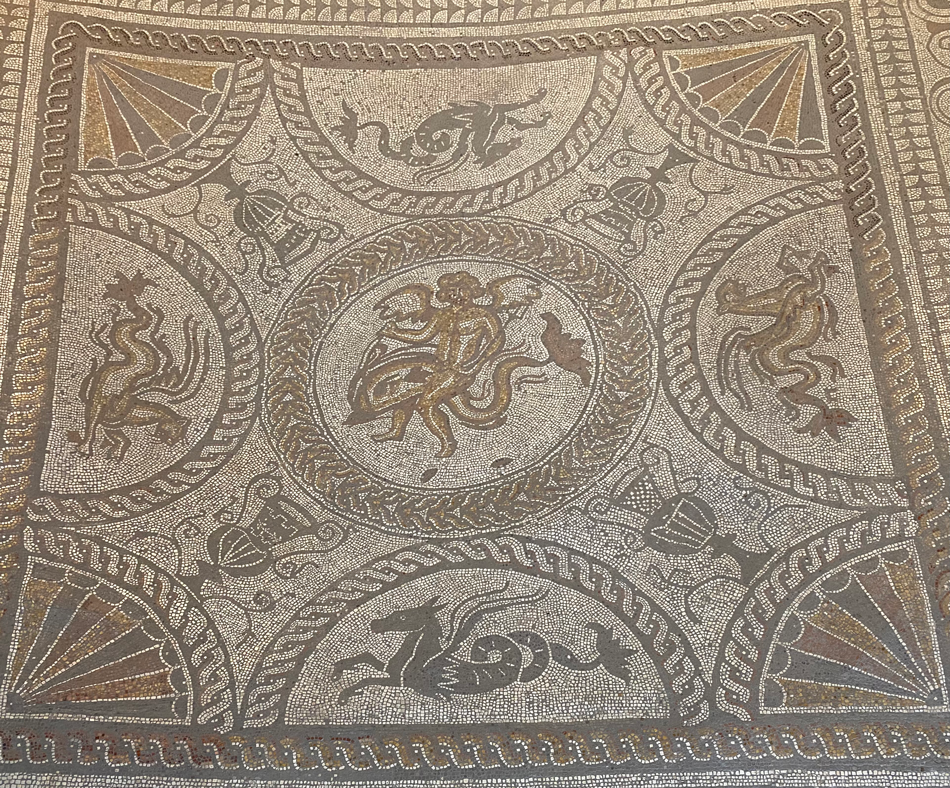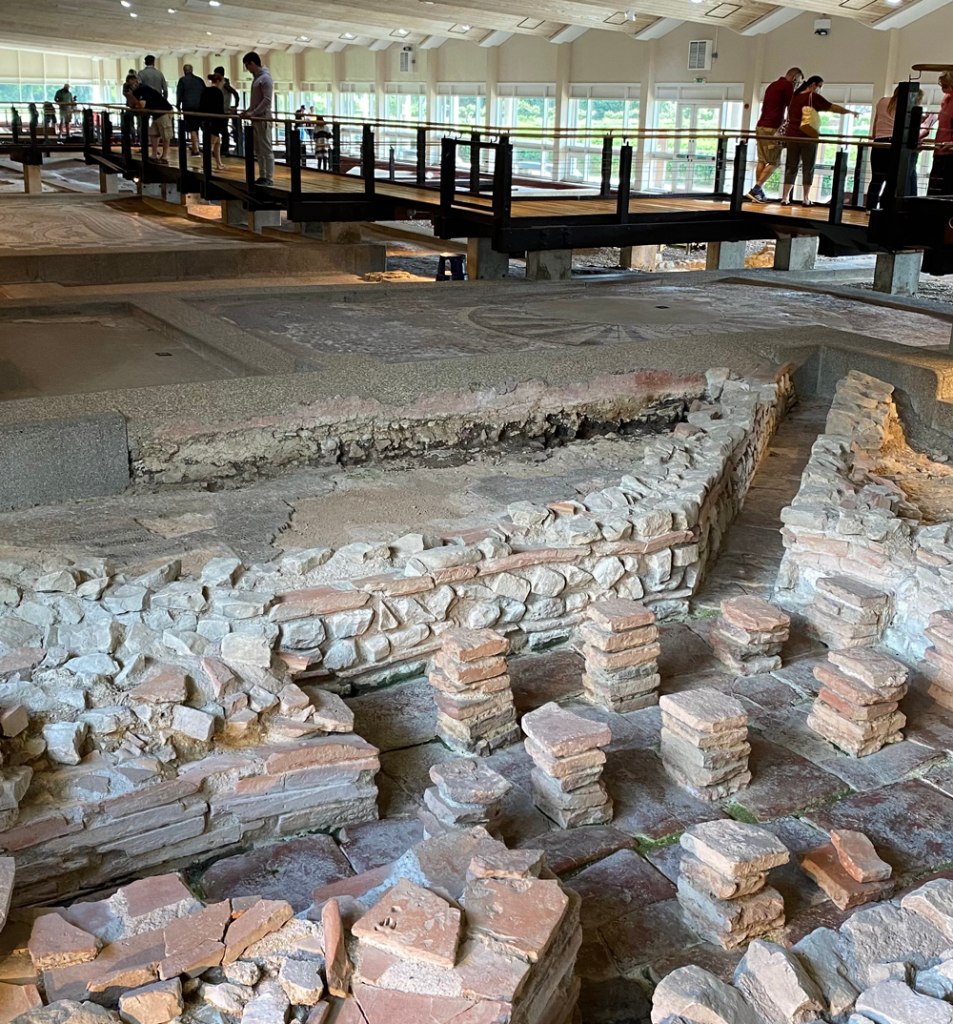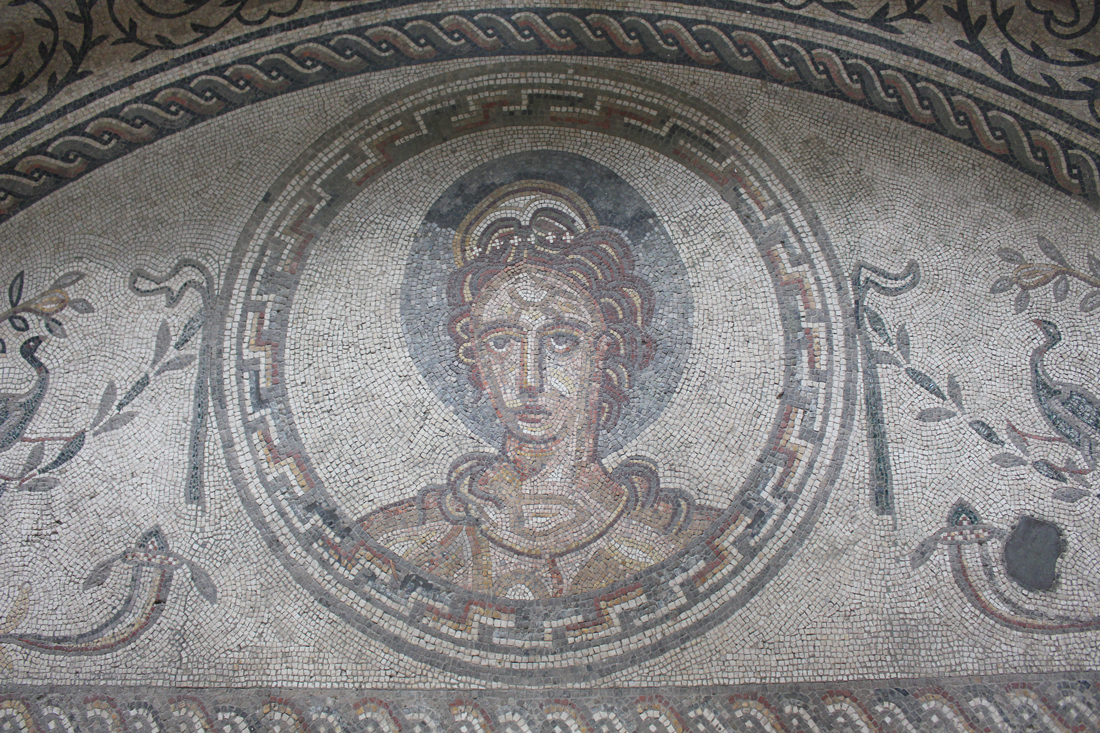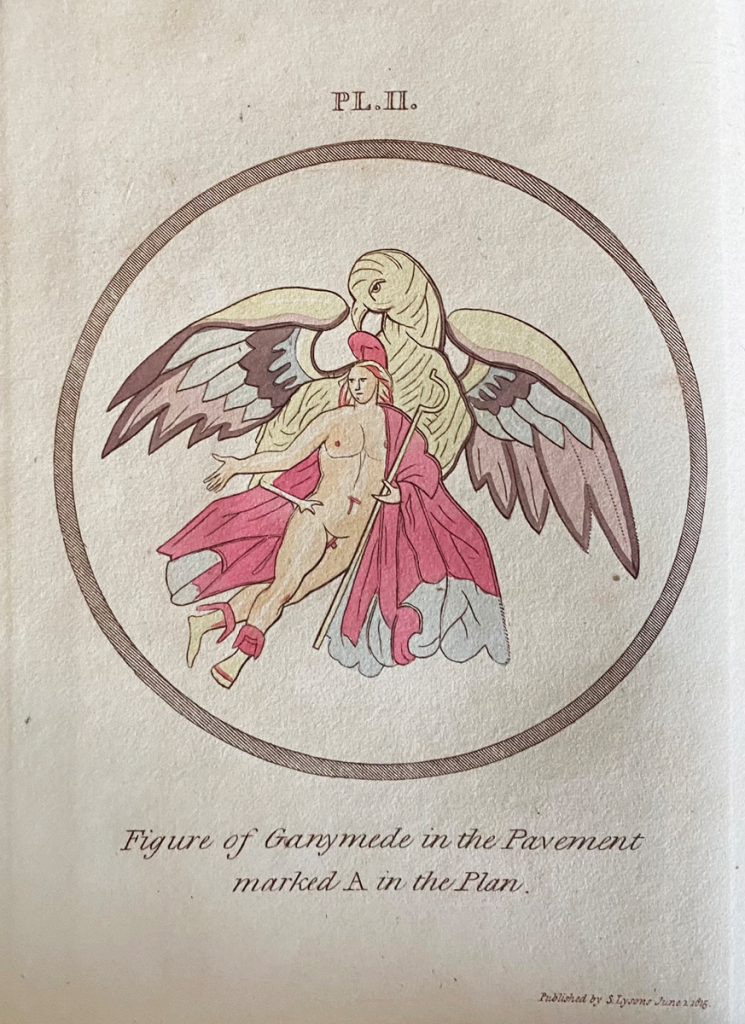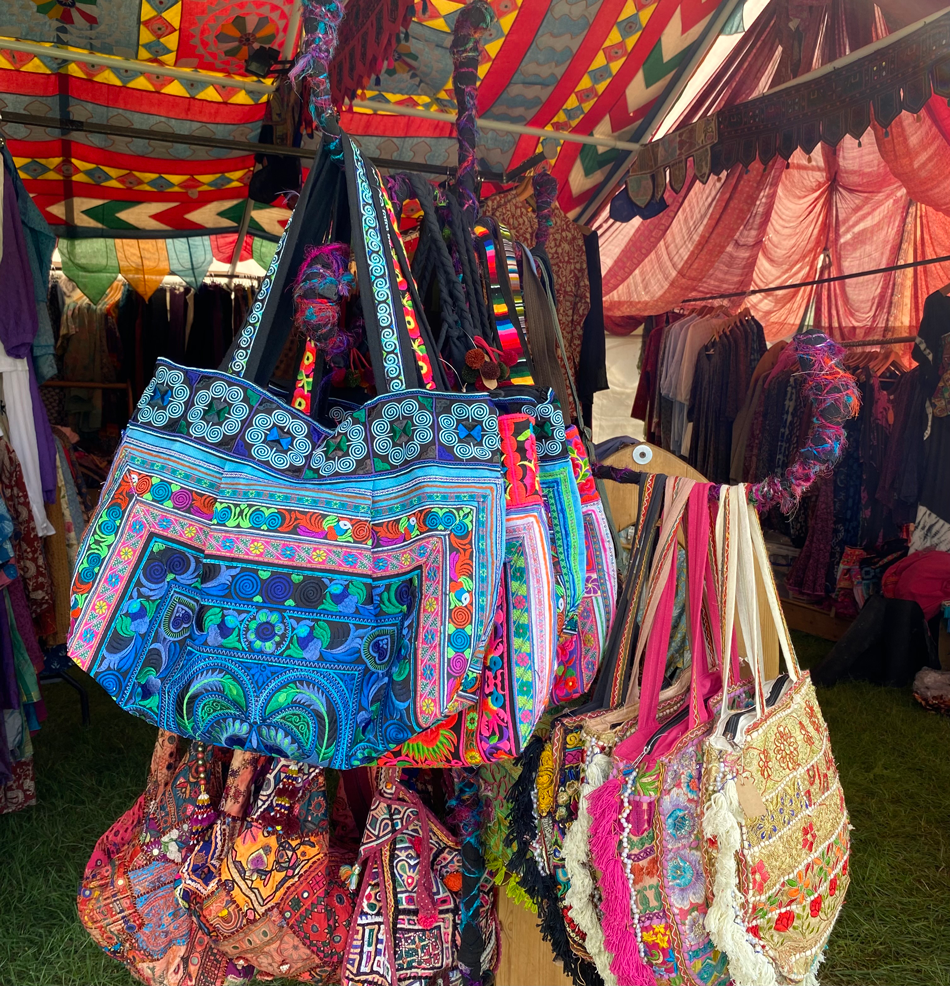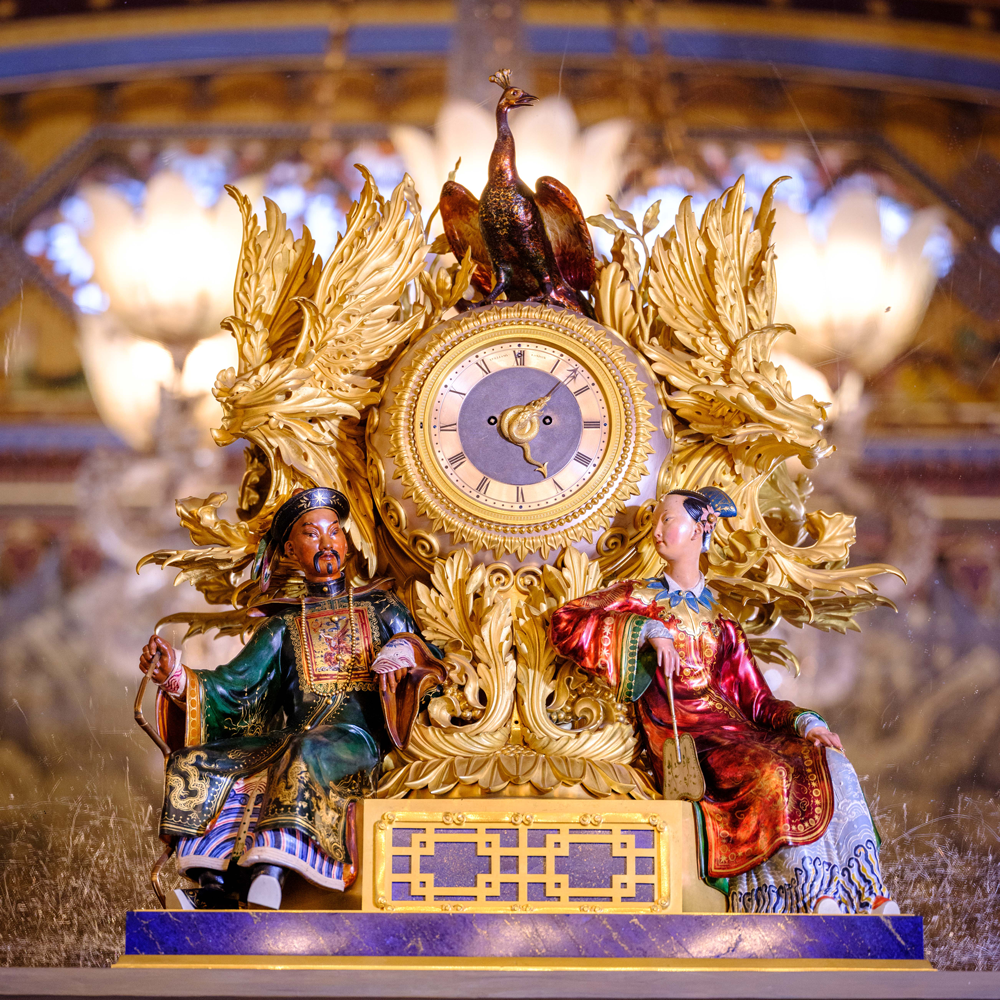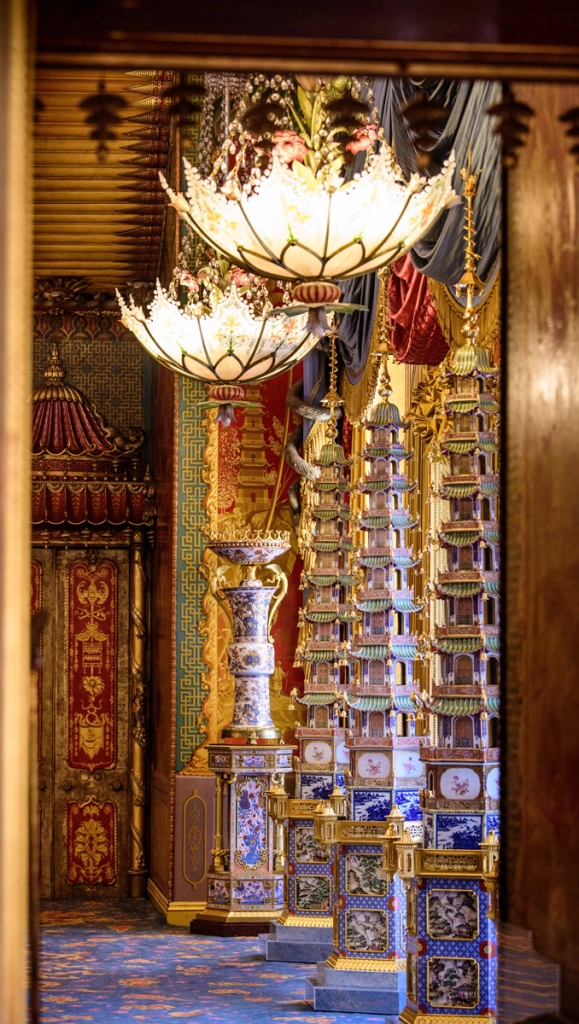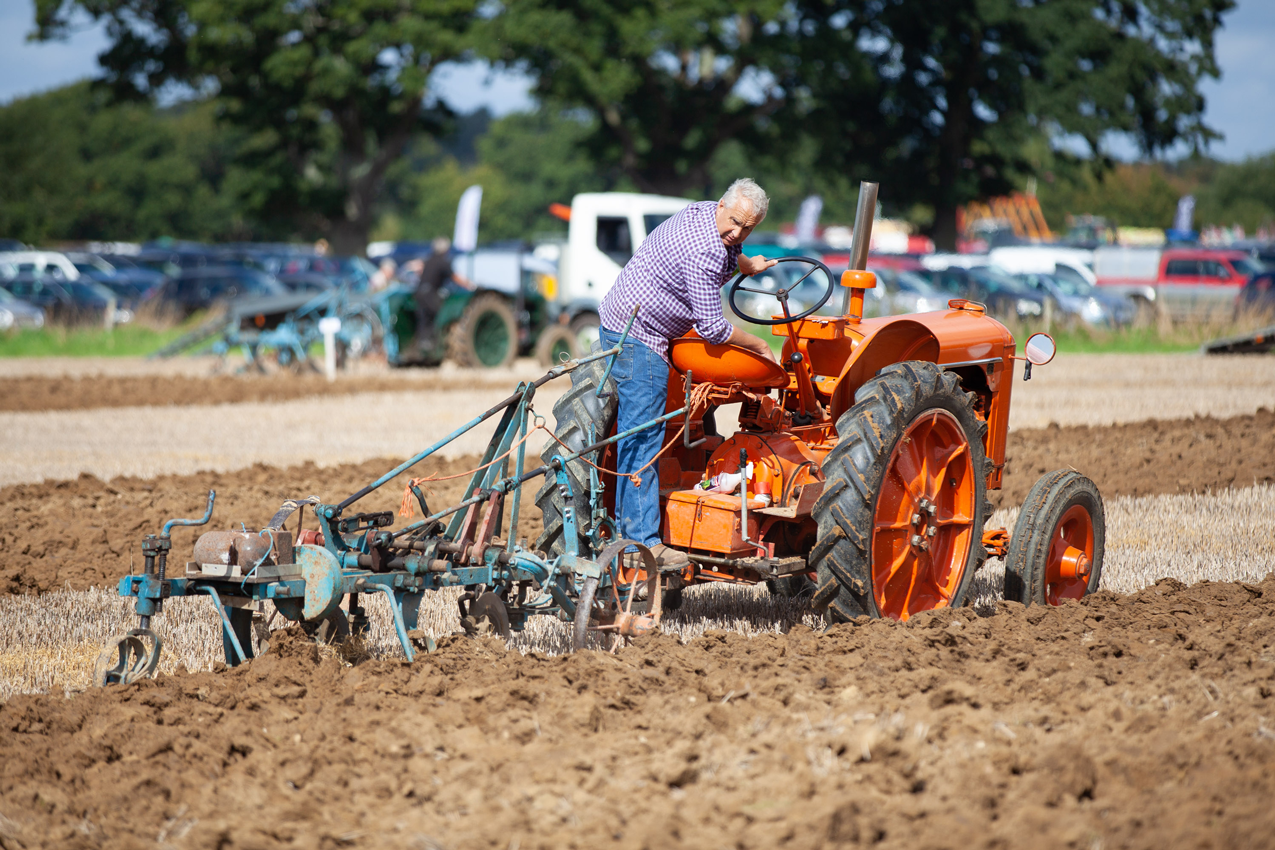
This week I am with Rowan Allan who for twenty-three years has been the Honorary Secretary of The West Grinstead & District Ploughing & Agricultural Society. Rowan has been joined in the role by Felicity Elliott. The society is returning to its roots in the Parish of West Grinstead as it celebrates its 150th Anniversary, where the 2021 Annual Ploughing Match and Agricultural Show is to be held at Priors Byne Farm on Saturday 18th September.
I am always excited to attend the ploughing match.
Rowan Allan says “It’s great to be returning to Priors Byne Farm. John and Alison Ford and their team will give everyone a warm welcome – it’s one of our most popular venues and the agricultural community is looking forward to being able to come together once again.”
I comment on the extraordinary stewardship I have seen amongst the district’s farming community. Rowan comments “Balancing one’s heritage with the needs of the natural environment and food production is perfectly possible.”
The West Grinstead and District Ploughing Match and Agricultural Society has been holding shows for over 140 years. It seeks to re-connect town and country and educate the public.
Rowan says “The ploughing match provides a shop window for people to engage with what farming and the countryside are really about.”
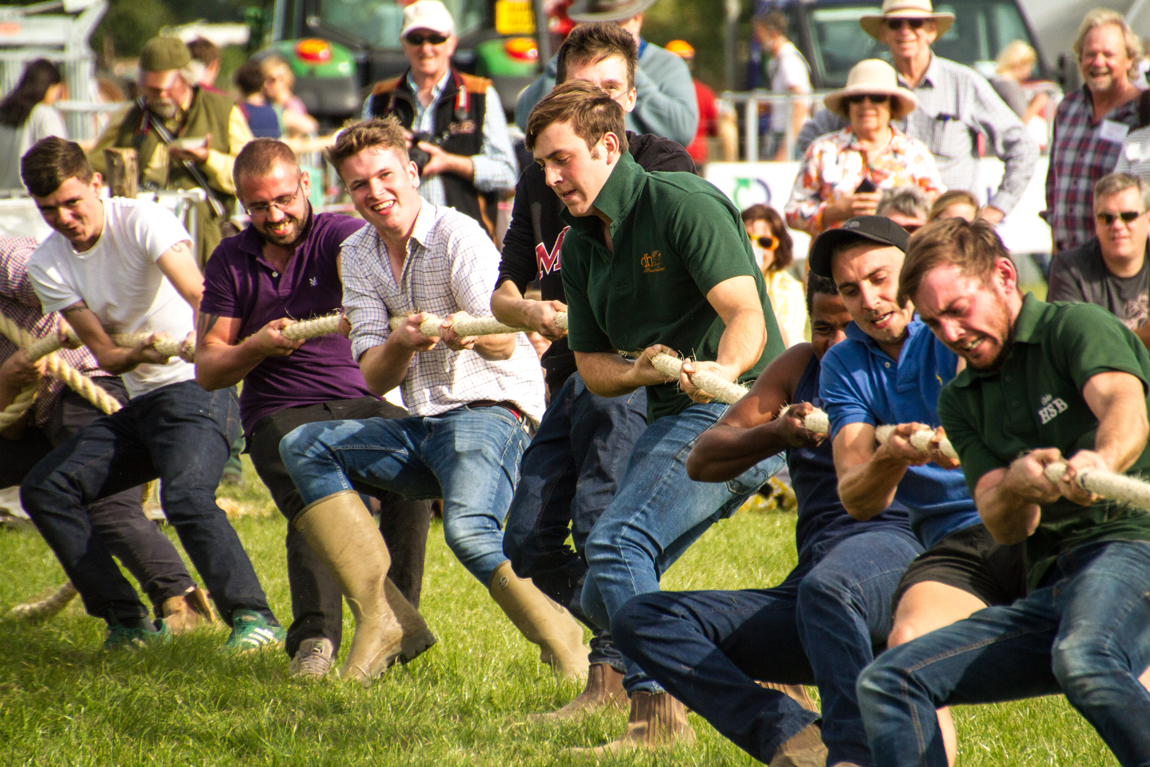
I remark that it’s a great family day out with the ploughing competition, cattle and sheep shows, licenced bar, fun fair, trade stands and local produce, terrier racing, open clay shooting competitions, tug-of-war, gun dog scurry, tractor and threshing machinery and even a ferret race, there is so much to enjoy – Rowan agrees.
Since 1871 The West Grinstead and District Plough Match and Agricultural Society has been promoting best practice in the local agricultural community through its prizes and awards. Today that also includes a bursary programme which provides financial support to enable and encourage young people to take up careers in the agricultural industry.
Our landscape is one of the most important building blocks of our nation’s heritage and identity and it is wholly dependent on the life given to it by our farmers who richly deserve our thanks.
I will be supporting Rowan and the team at the 2021 West Grinstead and District Plough Match and Agricultural Show at Priors Byne Farm, Bines Road, Partridge Green, RH13 8EQ on Saturday 18th September 2021. Entrance is just £8 per person with children under 14 free. It’s going to be a fantastic family day – I hope to see you there!
For more information contact Rowan Allan at H. J. Burt Steyning through www.hjburt.co.uk or go to www.westgrinsteadploughing.co.uk.
